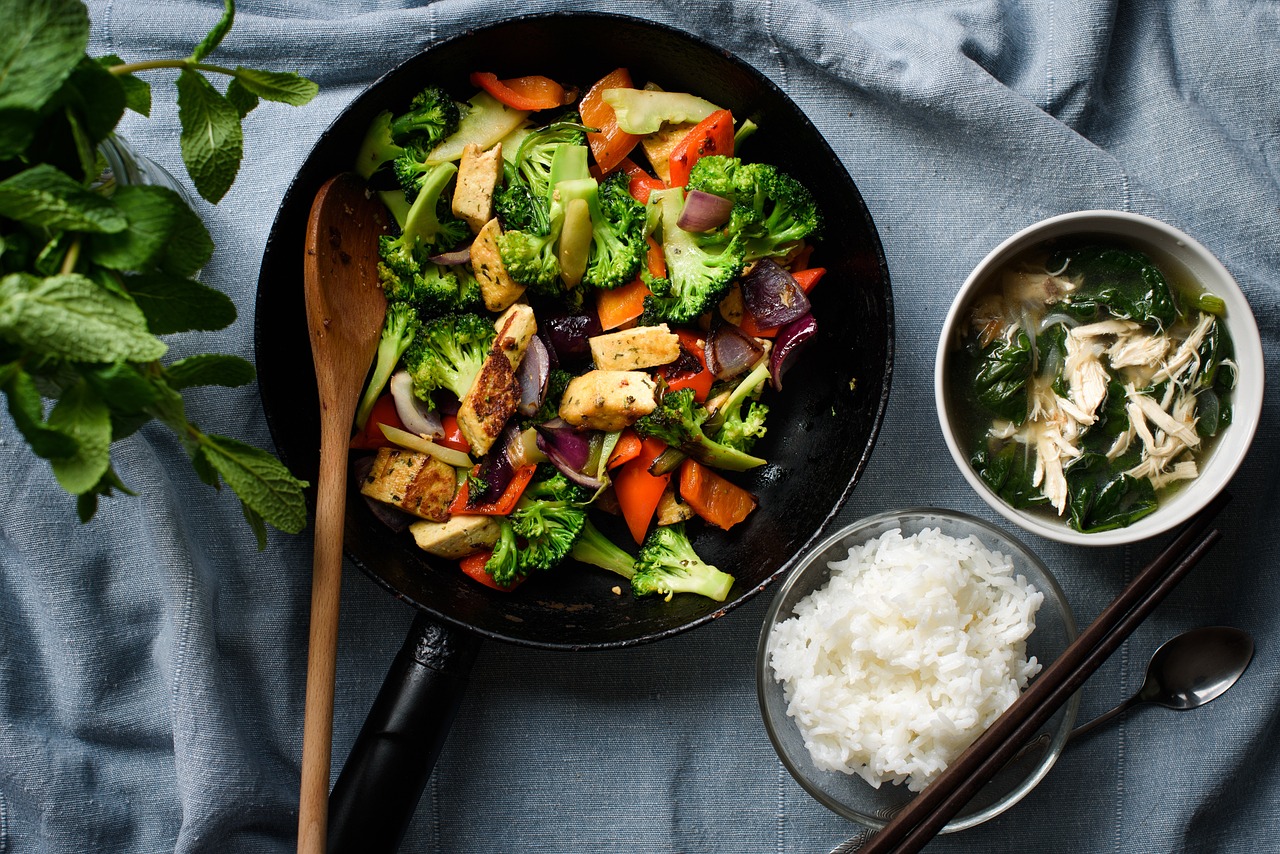Eating acidic foods like processed meats or citrus will unlikely change your body’s pH balance. Research shows that plant-based diets are best for your overall health.
The body regulates its balance using several mechanisms involving multiple organs, such as kidneys and lungs.
Research suggests that although your diet can affect the pH in your urine, it is unlikely to impact the pH level of your blood significantly.
Increased acidity levels in the blood can indicate a health problem such as diabetes, kidney disease, or lung disease.
Some people limit acidic foods to reduce their Potential Renal Acid Load (PRAL). The higher your PRAL rating is, the more acid you produce during digestion.
What is acidity
The pH value will tell if something is acidic, base, or neutral.
- A pH value of 0 indicates an acidic level.
- A pH of 7 is neutral.
- The pH 14 level is considered the most basic or alkaline.
Distance between two points in the pH scale measures the difference in acidity or alkalinity. A pH of 6 will be ten times as acidic as a pH of 7, and so on.
Battery acid, for example, is highly alkaline (0), while liquid drain cleaner is highly acidic (14). Pure distilled is right in the middle, at 7. The water is neither acidic nor alkaline.
Different body parts’ pH levels are similar to those of other substances.
The ideal pH of your blood is between 7.35 and 7.45TrustedSource. This is slightly alkaline. The pH level of your stomach is usually acidic, at around 3.5. This helps break down food.
Foods and drinks high in acid
Acidic foods have a pH of 4.6 and below.
The pH of the food you are about to eat is less important than the amount of alkali or acid produced during digestion and metabolism.
Include trusted sources.
- Among the dairy products is cheese
- Fish and Seafood
- High-sodium processed food
- Fresh meats, including turkey and corned beef, and processed foods.
- Certain starchy foods such as brown Rice, Oat Flakes, or Granola
- Carbonated drinks such as seltzers, sodas, and spritzers
- High protein foods Animal protein supplements
The research supporting a link between animal proteins and chronic diseases due to a pH change in the human body is limited.
New research may shed more light on the connection between animal products and health or other reasons for reducing animal products.
Acid Fruits
While most fruits are acidic, alkalizing fruit can help lower acid levels.
It also means they have a negative PRAL. The PRAL measures how much acid your body produces during digestion.
Here is the PRAL of a 3.5-ounce portion (100 grams) of a few popular fruits.
- limes: -0.4
- blueberries: -0.6
- blackberries: -1.0
- pineapples: -1.1
- peaches: -1.5
- oranges: -1.6
- plums: -1.7
- apples: -1.8
- tomatoes: -1.8
- purple grapes: -1.9
- green grapes: -2.4
- bananas: -5.2
- pomegranates: -8.1
- raisins: -9.0
Remember that while these fruits may be alkalizing for the body, they can worsen symptoms in those with upper gastrointestinal problems like ulcers and reflux.
Citrus fruits, such as oranges, grapefruits, lemons, and limes, are acidic. Doctors often recommend that people with conditions such as gastroesophageal reflux disease (GERD) limit their consumption of these foods.
Acidic drinks
Avoid drinks high in phosphorus, such as beer and hot chocolate made with cocoa mix packets. If you want to drink alcohol, choose a white or red wine with a lower phosphorus content.
All carbonated drinks contain carbonic acid, which contributes to the total acidity of your body. It includes soft drinks, sparkling water, and spritzers.
Regular or filtered water is the best way to reduce acidity.



